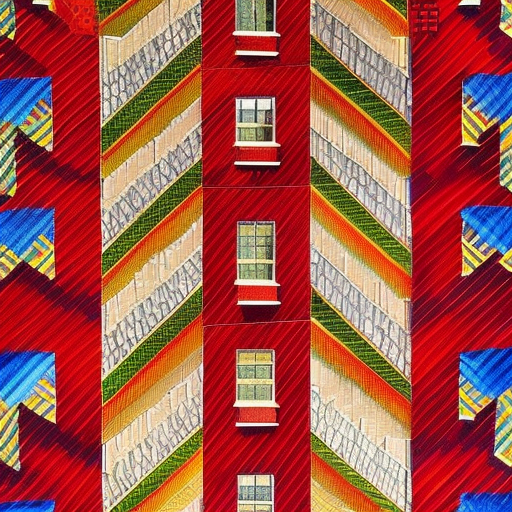Summary:
Lighting design is a crucial aspect of creating a visually appealing and functional space. It involves the strategic placement of light sources to enhance the atmosphere, highlight architectural features, and provide adequate illumination. Lighting designers consider factors such as color temperature, intensity, direction, and control systems to create a desired ambiance. They collaborate with architects, interior designers, and electrical engineers to ensure that the lighting design aligns with the overall vision of the space. Lighting design is used in various settings, including residential, commercial, theatrical, and outdoor environments.
Importance of Lighting Design:
Lighting design plays a vital role in enhancing the aesthetics and functionality of a space. It can transform a dull room into a vibrant and inviting environment. Proper lighting design can highlight architectural elements, artwork, and focal points, creating a visually appealing atmosphere. It also influences the mood and ambiance of a space, whether it is a cozy and intimate setting or a bright and energetic one. Additionally, lighting design is essential for providing adequate illumination for tasks and ensuring safety in various environments.
Elements of Lighting Design:
Lighting design incorporates several elements to achieve the desired effect. These elements include:
1. Color Temperature: The color temperature of light determines its warmth or coolness. Warm light has a yellowish hue, while cool light appears bluish. Designers choose the appropriate color temperature to create the desired ambiance and complement the space’s color scheme.
2. Intensity: The intensity of light refers to its brightness. Different areas of a space may require varying levels of light intensity to fulfill their specific functions. For example, task areas such as kitchens and offices require brighter light, while relaxation areas may benefit from softer, dimmer lighting.
3. Direction: The direction of light determines where it is focused and how it illuminates the space. Lighting designers use various techniques, such as uplighting, downlighting, and wall washing, to create different effects and highlight specific areas or objects.
4. Control Systems: Lighting control systems allow designers to adjust the lighting levels, colors, and effects according to the needs of the space. These systems can be manual or automated, providing flexibility and convenience.
Collaboration and Process:
Lighting designers work closely with architects, interior designers, and electrical engineers to ensure that the lighting design aligns with the overall vision of the space. They collaborate during the early stages of a project to integrate lighting seamlessly into the architectural plans. The process involves understanding the client’s requirements, conducting site visits, creating lighting layouts, selecting fixtures, and coordinating with other professionals involved in the project. Lighting designers also consider energy efficiency and sustainability by incorporating LED technology and other energy-saving solutions.
Applications of Lighting Design:
Lighting design is used in various settings, including residential, commercial, theatrical, and outdoor environments. In residential spaces, lighting designers create functional and aesthetically pleasing lighting schemes for living rooms, bedrooms, kitchens, and outdoor areas. In commercial settings, lighting design is crucial for creating an inviting atmosphere in retail stores, restaurants, hotels, and offices. Theatrical lighting design enhances performances by creating mood, highlighting actors, and setting the stage. Outdoor lighting design focuses on safety, security, and enhancing the visual appeal of landscapes, buildings, and public spaces.
In conclusion, lighting design is a critical aspect of creating visually appealing and functional spaces. It involves considering elements such as color temperature, intensity, direction, and control systems to achieve the desired ambiance. Collaboration between lighting designers, architects, interior designers, and electrical engineers ensures that the lighting design aligns with the overall vision of the space. Lighting design finds applications in various settings, including residential, commercial, theatrical, and outdoor environments.












